Love him or loathe him, he is the most controversial person in modern Korean history.
He did a lot of good stuff, such as instigating construction of the Gyeongbu Expressway linking Seoul and Busan; the POSCO steel giant was his doing; he ordered the planting of millions of trees all over the southern half of the peninsula; the nation’s shipping industry can be traced to his policies, as can the auto industry; he allowed the rise of the chaebols (Samsung, Hyundai, LG, and so on); and he modernized the rural South Korean economy by the Saemaeul Undong initiative.
But he did plenty of bad stuff as well. For example, he took power at the point of a gun in 1961; he dissolved the National Assembly; he declared martial law; he trampled on labor rights; he made a mockery of the democracy the USA and other allies had done so much to sustain during the Korean War; he ordered the imprisonment (and sometimes torture, sometimes killing) of his perceived political opponents; and thinking himself irreplaceable, he stayed in office too long—18 years.
But the worst thing Park Chung-hee did as ROK president was to implement laws and policies meant to reduce the birth rate. Certainly, at the time Park moved into the Blue House, Korea was in dire need of fundamental changes. Some 25 million people lived on its 99,000 square kilometers, and there was not enough food to go around. Per capita income was a distressing $82 per year, many extended families crowded into a one- or two-room dwelling (long before construction of the high-rises that now characterize the country’s architecture), and educational facilities were totally inadequate. Schools operated in morning and afternoon shifts, and classes of 80-plus kids were the norm. Children were increasingly found abandoned on the streets; six or seven were picked up every day in Seoul alone.
The birth rate of 6.0 babies per woman (the ideal then, I read, was four boys and two girls) was clearly too high. Park, a benevolent despot, decreed that something had to be done. Part of his first five-year economic plan was to institute a series of policies meant to drive that number down. Wives and husbands were told repeatedly that they needed to stop procreating so much—for their sake and for that of the nation. Women were provided with the pill and fitted with IUDs, and men were urged to strap on rubbers or get vasectomies, all in the name of family planning. Both incentives and disincentives were employed. Most of the opposition seems to have come from the Catholic Church, but nothing could stop Park’s juggernaut. The birth rate declined to 5.0 in 1965 and 4.5 in 1970, then really plummeted to 3.0 in 1976, had a brief uptick and then went down to a mere 1.7 in 1985. By that time, Park had been assassinated; his body now lies a-moldering in the grave at Seoul National Cemetery. While the trend slowed, it could not be reversed, and the numbers kept dropping. At the present time, it is 0.79—far below what is needed for population sustenance. As I wrote in one of my Korea Times articles, we are facing a demographic winter.
Abortion, technically illegal until January 1, 2021, was long available in hospitals and private clinics. In 2005, more than 340,000 abortions were performed in Korea, and some researchers say the numbers were far higher, as much as 1 million abortions per year. More recent estimates by the Korea Institute for Health and Social Affairs are considerably lower. Abortion is something about which I feel neither here nor there, but when I think about all the Korean babies who never got a chance to live, I could practically cry. We need those kids!
The last several presidents (Roh Moo-hyun, Lee Myung-bak, Park Geun-hye [Park’s daughter, as you surely know], Moon Jae-in and Yoon Suk-yeol) have mentioned the birth-rate issue repeatedly in speeches and tried to foment policies to turn it around or at least prevent matters from getting any worse. Nothing they have done has made the slightest difference. The sad reality is that young Korean adults are delaying marriage or not marrying at all, and those who do say vows of holy matrimony want to have a single kid, if that. The daughter of one of my friends is in elementary school, and virtually none of her classmates has a brother or sister.
I have read Lee Chong-sik’s biography of Park, and been to his birthplace in Gumi and his presidential library and museum in Seoul twice. In the latter instance, I met with the director and his young assistant who had a doctorate from SNU. As we sat in plush chairs and sipped coffee, we talked about Park. Naturally, both of them were fervent admirers. I, too have plenty of respect for this diminutive man with the steely visage. But they were quite taken aback when I opined that all of Park’s achievements are overshadowed by what he did in making the birth rate enter such a freefall. The tactics his government employed—I will stop short of calling them Draconian—were too effective and remained in place too long.
And now, what are we faced with? Empty schools, empty playgrounds and wedding halls going out of business. Vast swathes of the Korean countryside are depopulated, and even some big cities are losing residents at an alarming rate. Busan, a place I like very much, is shrinking right before our eyes. There are too few kids, young adults are fleeing to Seoul, the place gets grayer by the day, and schools are closing right and left. One of my law-firm colleagues, a Busan native, says with some hyperbole that it’s becoming a ghost town.
Korea, which used to brag about its mono-ethnic culture, is changing. It has more of a polyglot population these days, and I am one of its many foreigners or 외국인. The number of foreign residents jumped 10.4% in 2023 to 1.94 million (out of a total of 51.77 million). Some of my Korean friends smile when I raise this issue, saying it’s all good and that the country is becoming more “international.” In light of the microscopic fertility rate, which I do believe can be fairly laid at the feet of Park Chung-hee, we have no choice.
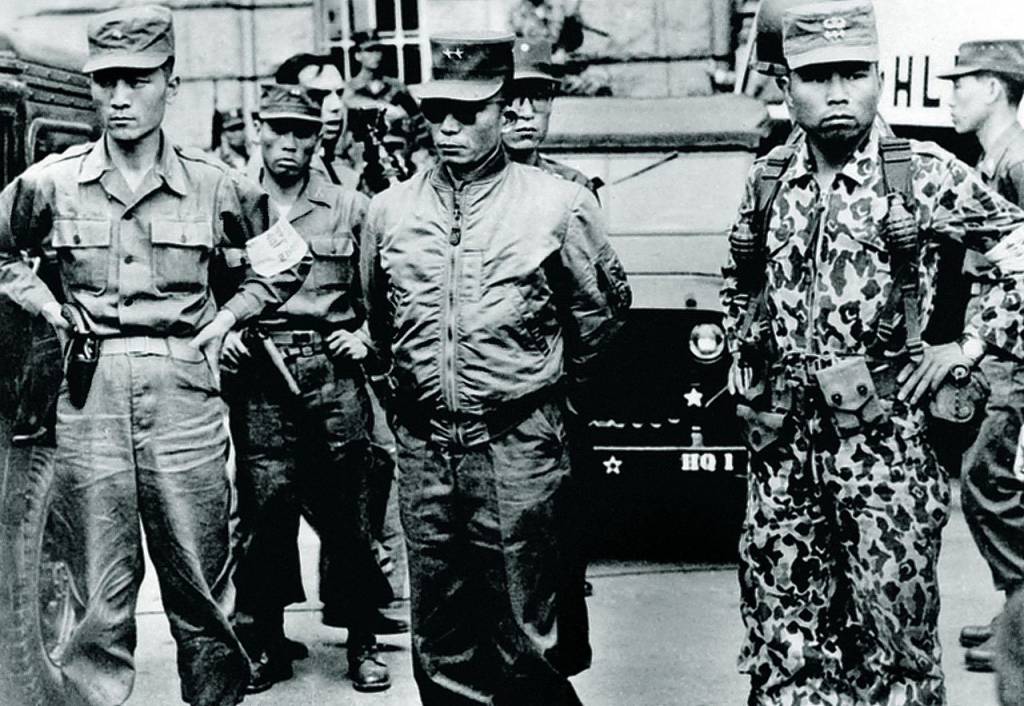
Park (center) meant business when he took over in 1961…

Poster about Park’s foolish scheme…

After Park and JFK’s confab at the White House on November 14, 1961…
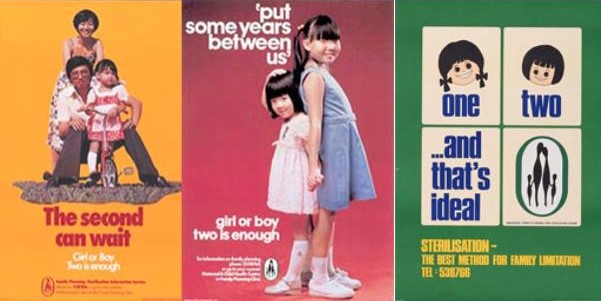
Rah-rah, fewer kids!
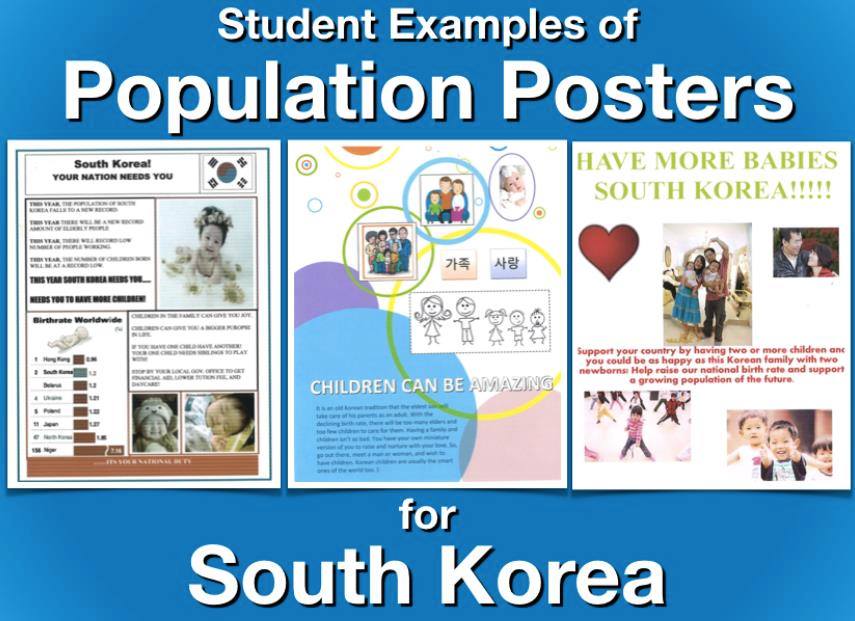
We had started to change our tune…
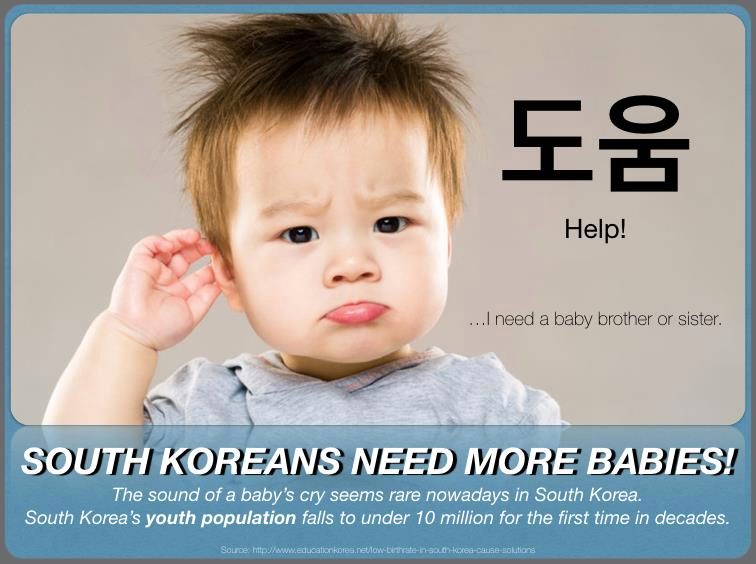
SK is in trouble…

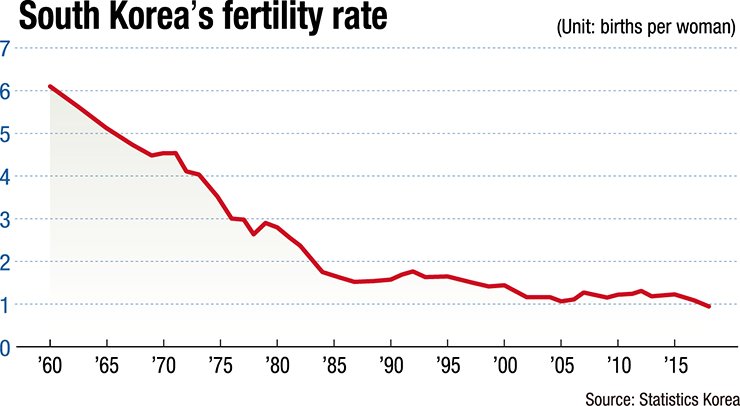
5 Comments
Brilliant analysis as usual, Richard. Keep ’em coming.
Elon Musk says this is the biggest threat to the world in the future. If the whole world was Catholic, this would not be an issue!
or better yet, Mormon…wouldn’t that be great?
As it seems like the population is growing, I can see how it has reduced with ,like you said, people not having kids, waiting till later and only having one. Recently in Richardson, I believe it was, there was several school closings. Keep sending your writings. Take care my friend.
Great analysis of the population growth issue in Korea. It has gone too far; however, other overpopulated countries could learn a lesson. The earth can only sustain a finite number of people even with God’s divine grace. Food and water, even in America, will become scarce and become the catalyst for war. The world needs to wake up to how badly we are treating Earth. Reading your perspectives as an ex-pat makes me think and analyze my own belief system.
Add Comment